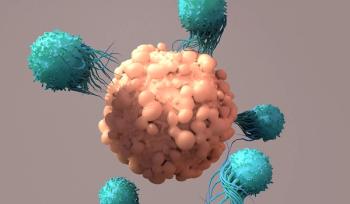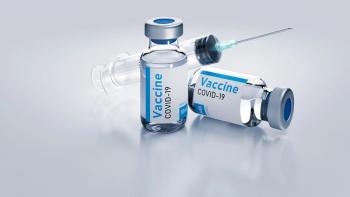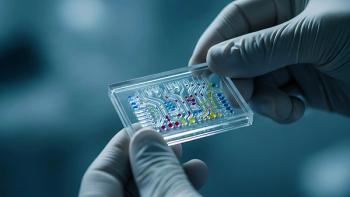
- BioPharm International-03-01-2013
- Volume 26
- Issue 3
Catching Up
A QbD paradigm advances process understanding in development and manufacturing.
When Galileo Galilei gained fame more than 350 years ago as a physicist, mathematician, and astronomer, his theories placed him ahead of other thinkers of the time. His contributions to observational astronomy in support of heliocentrism—that the Earth revolves around the sun—made him a controversial figure in his time.
Rita Peters
One of Galileo's observations, "By denying scientific principles, one may maintain any paradox," supported his belief in science-based studies and rings true for pharmaceutical and biopharmaceutical development and manufacturing today.
True to Galileo's words, in this issue, we focus on what has become an overarching thrust to biopharmaceutical/pharmaceutical development and manufacturing, namely the application of a science- and risk-based approach under quality-by-design (QbD) principles. Process analytical technology (PAT) is a key element of QbD for achieving process understanding, and we examine the advances in PAT as it applies to parenteral drug manufacturing. We also examine, in a roundtable of industry experts, the implementation, including the challenges, of process validation in line with the product lifecycle concept underlined in FDA guidance and ICH guidelines.
Analytical testing and instrumentation, which underpins all development and manufacturing, is an integral part of achieving the desired product quality not only in a QbD paradigm but also for "traditional" development and manufacturing. In mid-March, analytical scientists from around the world will gather in Philadelphia for the Pittcon conference and exhibition, billed as the largest meeting for the analytical sciences.
The program covers advances in analytical methods development, testing, and instrumentation using chromatography, spectroscopy, electrochemistry, microscopy, thermal analysis, and other techniques. Conference programs will detail novel applications of measurement science for pharmaceuticals, biomedicine, nanotechnology, and more. The editors of BioPharm International will be in attendance, exploring the latest advances in analytical technology.
An Introduction
In late January, I joined Advanstar Communications as editorial director for the Pharmaceutical Drug Development and Manufacturing Group. In that role,
I oversee BioPharm International, Pharmaceutical Technology, and Pharmaceutical Technology Europe.
I am excited to work with the editorial team: Executive Editor Patricia Van Arnum, Managing Editor Susan Haigney, PharmTech Europe Editor and Scientific Editor Adeline Siew, Scientific Editor Amy Ritter, Manufacturing Editor Jennifer Markarian, and Community Editor Christopher Allen.
Although new to these publications, I previously worked for a publication in the drug-discovery segment of the pharmaceutical industry. I also have worked on publications addressing contamination control and controlled environments.
In my new role, I look forward to the challenge of providing readers with the research, technical insight, and expert analysis needed to advance formulation and drug delivery, API manufacturing, finished drug-product manufacturing, analytical testing, and regulatory compliance in the pharmaceutical and biotechnology industries.
BioPharm International will continue to deliver peer-reviewed research and technical articles in print, as well as news, expert analysis, and interviews on
Above all, interaction with our readers is of utmost importance. You can reach me at
Rita Peters is the editorial director of BioPharm International.
Articles in this issue
almost 13 years ago
Advancing Analytical Testing and Instrumentation for Biopharmaceuticalsalmost 13 years ago
Lyophilization: A Primeralmost 13 years ago
Vaccine Innovation Yields New Products and Processesalmost 13 years ago
Aggregation of Monoclonal Antibody Products: Formation and Removalalmost 13 years ago
Outsourcing Nontraditional Protein Expression Systemsalmost 13 years ago
The Lifecycle Change of Process Validation and Analytical Testingalmost 13 years ago
Standards-Setting Activities on Impuritiesalmost 13 years ago
Report from Brazilalmost 13 years ago
Advances in PAT for Parenteral Drug ManufacturingNewsletter
Stay at the forefront of biopharmaceutical innovation—subscribe to BioPharm International for expert insights on drug development, manufacturing, compliance, and more.





